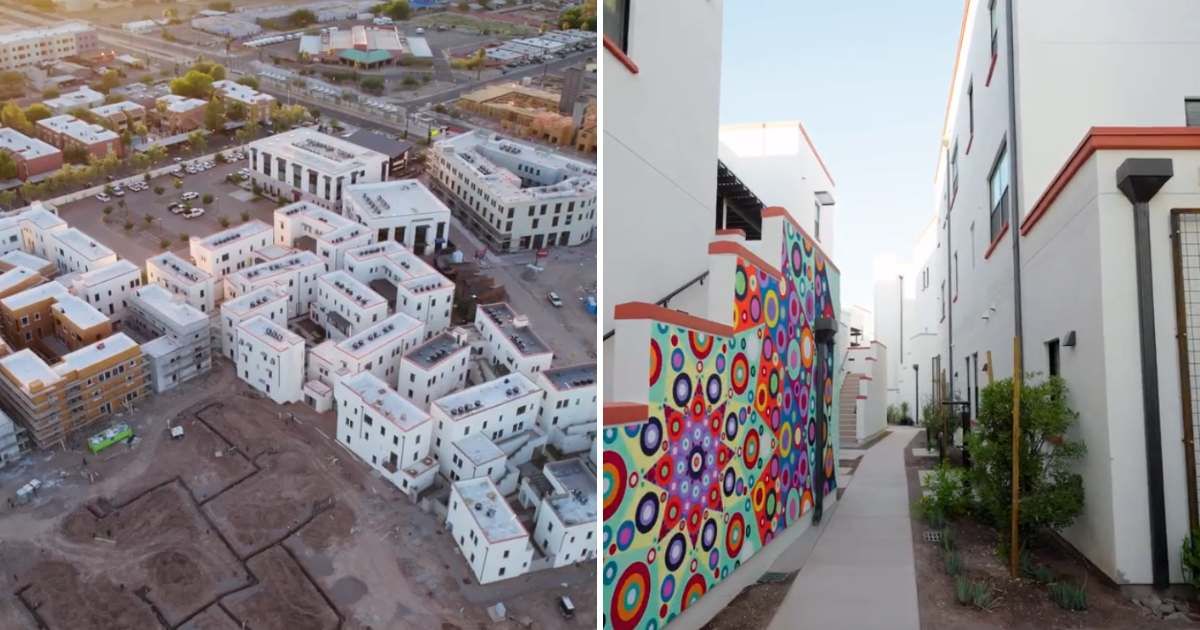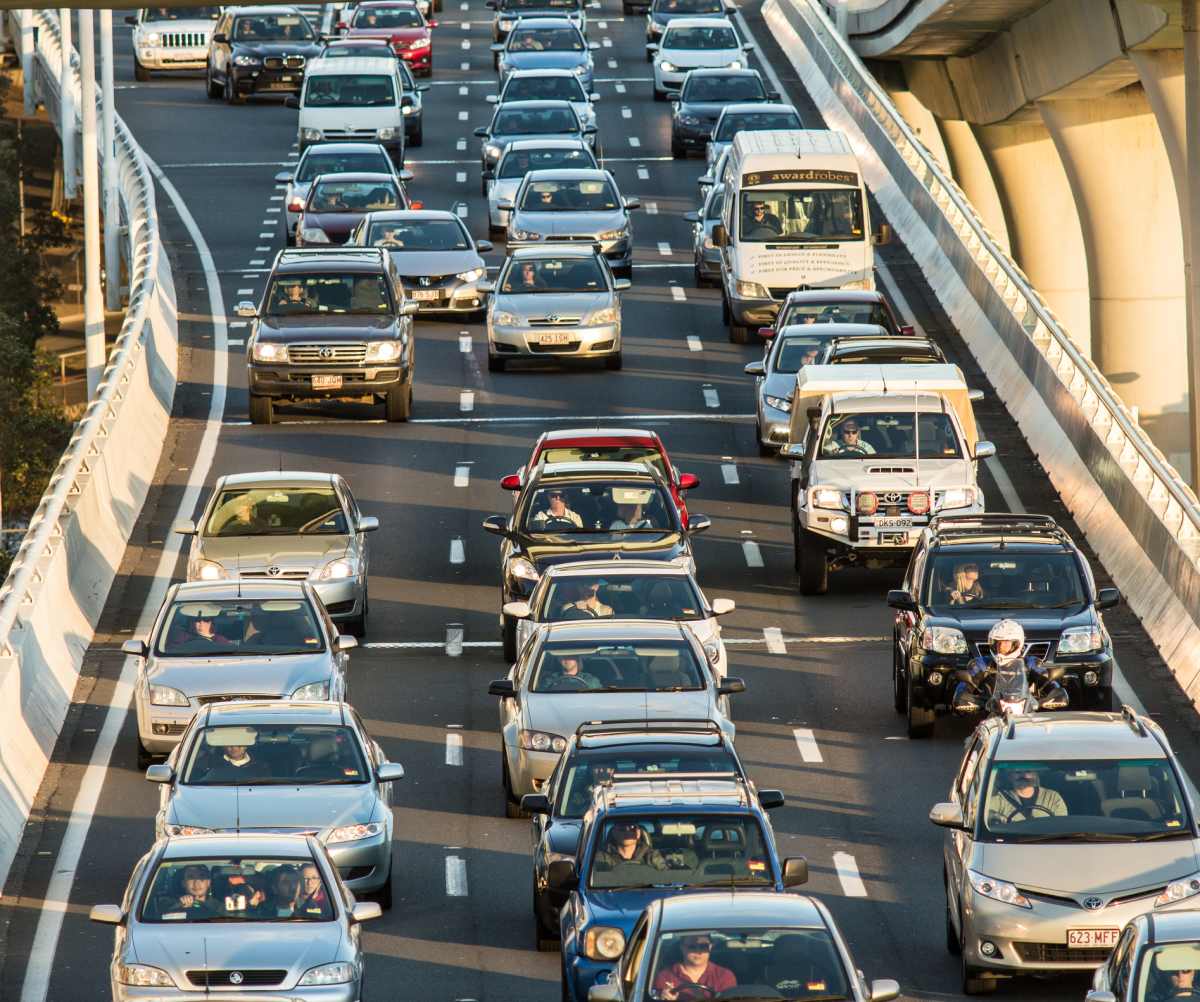If You Want to Live in This Arizona Neighborhood, You Will Have To Give Up Your Car

America is rumbling with glass-chipped skyscrapers that glitter like mirrors in sunshine. Roads, in most cities, are slathered with ashy-looking asphalt that is constantly bulldozed by rolling wheels of the vehicles that humans these days are addicted to: cars. Ryan Johnson (@ryanjohnsonaz), a 40-something man who now wears a stylish haircut and fashionable glasses, owned a SUV once upon a time. But today, he has no car. The reason is not some bankruptcy. The reason is a first-of-its-kind US town that has materialized out of his dream of creating a car-free environment.

Away from the honking cacophonies of car traffic and swirls of nauseating petrol smoke, the 17-acre town, dubbed “Culdesac,” invites Americans for a fleeting experience into a state-of-the-art walkable neighbourhood where handshakes and talks are cherished more than flaunting cars, according to a report by The Guardian.
View this post on Instagram
Being devoid of cars doesn’t imply that this Arizona town is, in any way, less advanced than the others. There’s a car body shop. There are derelict buildings in Mediterranean white and ochre, clustered together like cubes of sugar. Apartments are equipped with grocery stores, restaurants, yoga studios, bicycle shops, candle-making studios, bakeries, and two-storey gyms. There’s everything but no parking lots for cars.
View this post on Instagram
Johnson, the CEO of Culdesac, co-founded the company with Jeff Berens, a former McKinsey consultant. This Mykonos-inspired desert environment, as it describes it, was inspired by his trips to countries like Hungary, Japan, and South Africa.“We can’t tell people that they can’t own a car. But if people want to have a car, there are other great neighborhoods for them,” Johnson told Outside Magazine.
View this post on Instagram
Vanessa Fox, a 32-year-old woman who moved into Culdesac with her dog in May 2023, shared with The Guardian that while a car-free American town might sound boring to many people, for her, it’s a retreat. “For some, cars equal freedom, but for me, it’s a restriction. Freedom is being able to simply walk out and access places,” she said.
View this post on Instagram
As Fox described, a walkable neighbourhood bustles with tons of wonders that residents of car-inclusive cities sometimes end up missing. In America today, for instance, single-family homes are lonely and have a painful commute, as Johnson said. Plus, all those mid-rise projects that involve double-loaded corridors have people just walking to their cars and knowing only a few of their neighbors. He added that people are happier and healthier when they are living in a walkable neighbourhood.
View this post on Instagram
Another advantage is “social cohesion,” something with Culdesac’s residents call a “shared thing of living without a car.” In a conversation with the BBC, architect Daniel Parolek described this to be “car-free, but mobility rich.” And as he said, the community today is thriving with eateries, showrooms, a Korean convenience store, a doctor’s office, a dog park, a pool, a gym, and a co-working space. All this is just to say that the end of cars doesn’t mark the end of life. You've still got your shoes.
More on Green Matters
NASA Map Reveals Major Cities in California That'll Be Entirely Underwater in the Next 25 Years
The Most Sustainable Cities Across the Globe
These 5 US Cities Are Most Likely to Withstand Climate Change — and You May Have to Move Here Soon